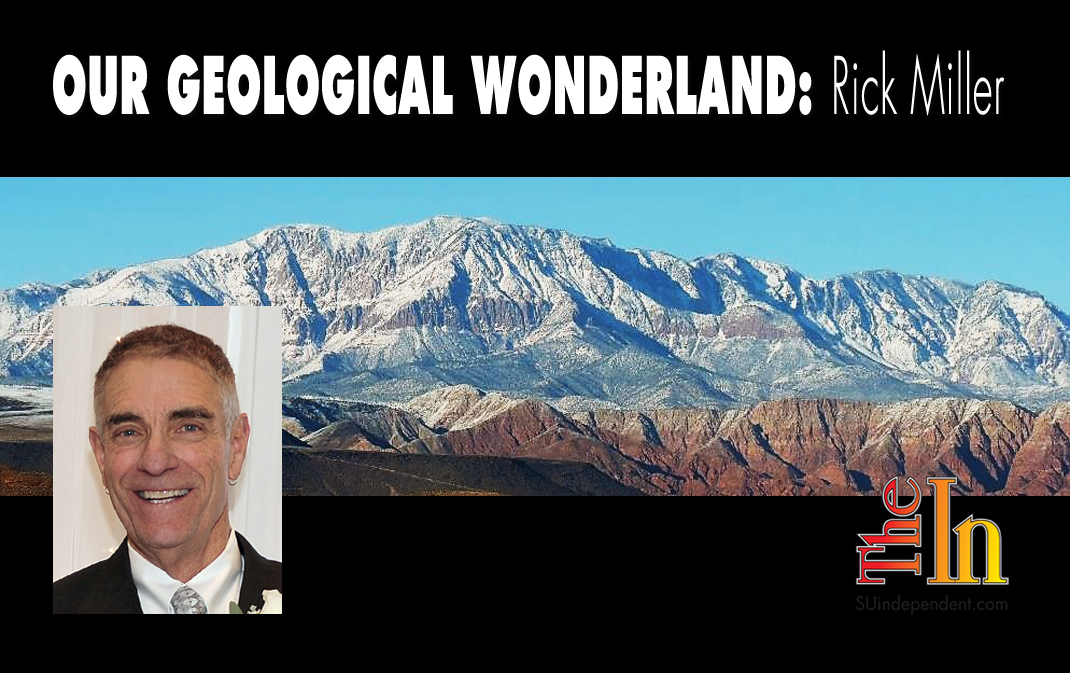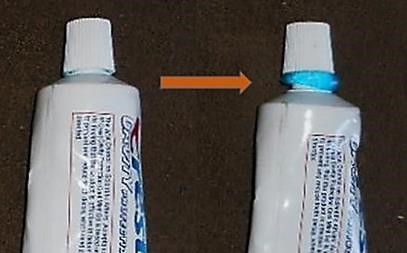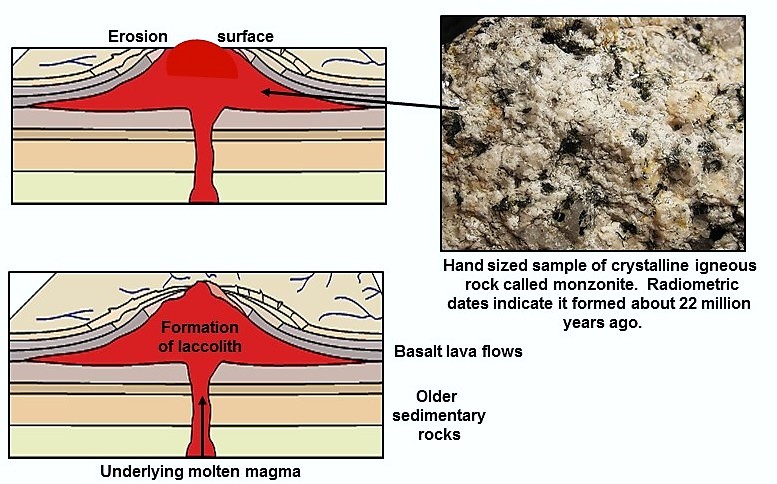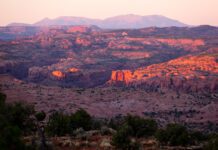 Our Geological Wonderland: The Pine Valley Mountain Laccolith
Our Geological Wonderland: The Pine Valley Mountain Laccolith
The local region around St. George, Utah has some truly amazing geologic features, including a few that are “world class.” For the most part, though, you won’t find out much about these features from our Chamber of Commerce literature, so we have to explore other sources for such features. An interesting place to start our explorations is with that not-so-subtle bump on the landscape called Pine Valley Mountain.
Pine Valley Mountain is known in geology as a laccolith. Laccoliths are distinctive mushroom-shaped bodies of crystalline igneous rocks. When in a molten state, such molten liquids push their way into pre-existing rocks below the Earth’s surface and then may spread out along a zone of weakness.

For a crude, but fun experiment on how this process works take a tube of toothpaste, loosen the screw cap and then give the tube a nice strong squeeze.
Many laccoliths have formed in this manner in Utah and in other areas around the world. Of significance to us southern Utah dwellers is the fact that the Pine Valley Laccolith is considered the largest such structure in the United States and possibly the largest in the world. Pretty cool for St. George!
Approximately 22 million years ago, this region was underlain by a heat source as indicated by a number of known laccoliths and other igneous bodies in Utah, Colorado, and New Mexico. In some locations, the molten material — known as magma — worked its way into the overlying sedimentary rocks and formed a variety of uplifted structures, including our laccolith. The resulting uplifted area subsequently underwent erosion that has continued to the present time, thereby removing some of the overlying rocks and exposing the crystalline rocks of the laccolith. That a source of heat still underlies the area is indicated by many volcanic cones and lava flows in the area, which are less than 2 million years old.
The rocks of the laccolith itself contain minerals such as feldspar, hornblende, and a little quartz. It is this combination of minerals that is used to provide an identification of the rocks as a monzonite, which is similar to the more familiar rock type called granite. On a fresh, unweathered surface, you can see the individual crystals, and their size indicates that the original molten liquid must have cooled slowly, giving the various crystals time grow. This crystal size provides the evidence that cooling must have occurred well below the surface, which allowed the heat to dissipate slowly — hence the term “intrusive.” This is in contrast to lava flows, which form on the surface, cool much faster, have very tiny crystals, and are called extrusive rather than intrusive.
Before we become too snooty about our big, lovey laccolith, let’s put it in perspective with other known igneous features. A fine example would be a comparison with the Sierra Nevada in eastern California.

This mountain range represents one of the largest types of igneous intrusions, and because of its immense size and elongated shape, it is known as a batholith. It also happens to represent a much older geologic event than our laccolith. Numerous studies indicate that the granitic rocks making up the Sierra Nevada Batholith were formed over an interval of about 30 million years, episodically between 90 and 120 million years ago. Over the last 60 million years or more, the older rocks overlying the batholith and part of the batholith itself have been eroded away, leaving us with a view of igneous rocks that formed from a molten liquid originally at a depth between 5 and 10 miles below the Earth’s surface. That is a lot of rock to have been eroded.
Returning to St. George with a final comment.The Pine Valley area is the site of multiple use, including a residential community and a variety of recreational activities (see reference). So, go visit one of our prized St. George area geological treasures.
Articles related to “Our Geological Wonderland: The Pine Valley Mountain Laccolith”
Hiking Southern Utah: Canal Trail in Pine Valley Recreation Area
Hiking Southern Utah: The Northgate Peaks and North Guardian Angel





Great article. Took your Geology class and really enjoyed it. So nice to take a class from one who is accomplished and knowledgeable about the subject matter.
Please sign me up for the newsletter.
Shirley.
Thanks for the great compliment!! I’ve written more articles on the geologic wonderland of St George for the Independent. More are in the works.
To View Articles:
suindependent.com
Facebook search Independent
Paste any title into Yahoo or Google search
02/25/18. Our Geological Wonderland: The Pine Valley Mountain Laccolith
03/18/18 Our Geological Wonderland. Navajo Sandstone
04/08/18 Our Geological Wonderland: The Amazing Basalt Lava Ridges of St. George
05/12/18 Our Geological Wonderland: Snow Canyon State Park
Also giving a talk about Life on Mars at the St George Library on 100 South on Thursday, May 24th at 6 pm. It’s free.
Thanks again,
Rick
Great articles. I enjoy reading them. My husband and I are planning to move to St. George area, and are reading as many article as possible about this area. Thank you.
Rick, I enrolled in your geology talk, but could not make the last one on Good Friday. The class were great and very informative. I would like to have access to the slides you used, particularly the last class. Look forward to ant more classes you give. Thanks Don Condie
Great articles! Thanks so much!
Hi Rick,
Are you the same Rick Miller (paleontologist) that taught Paleo at Cal State Northridge in the mid-seventies? If you are, then thank you for the great classes at CSUN, if not thank you for the great geology tours (in writing) of So. Utah. I am a geologist living near Virgin, Utah on a piece of awesome land in the County.
My earlier work was with Troxel and Wright in Death Valley, but I moved to So Utah in 1996.
I would like to meet you sometime to share some geo talk.
Thank you again
Fred Johnson
Hi Fred I read about some of your work near the Virgin Mtns, if you get this message will you please contact me? lifeabovethebunker@gmail.com
Thanks,
Jeremy
A wonderful article I have been hiking, biking and skiing in the Pine Valley Mountains for over 40 years and know the area better than most and this is the best explanation of the Pine Valley Laccolith I have read. It might be worth it to take one of your ICL classes. Another interesting area attached to the Pine Valley Mountains is the Yant Flat area. Thanks for the great article